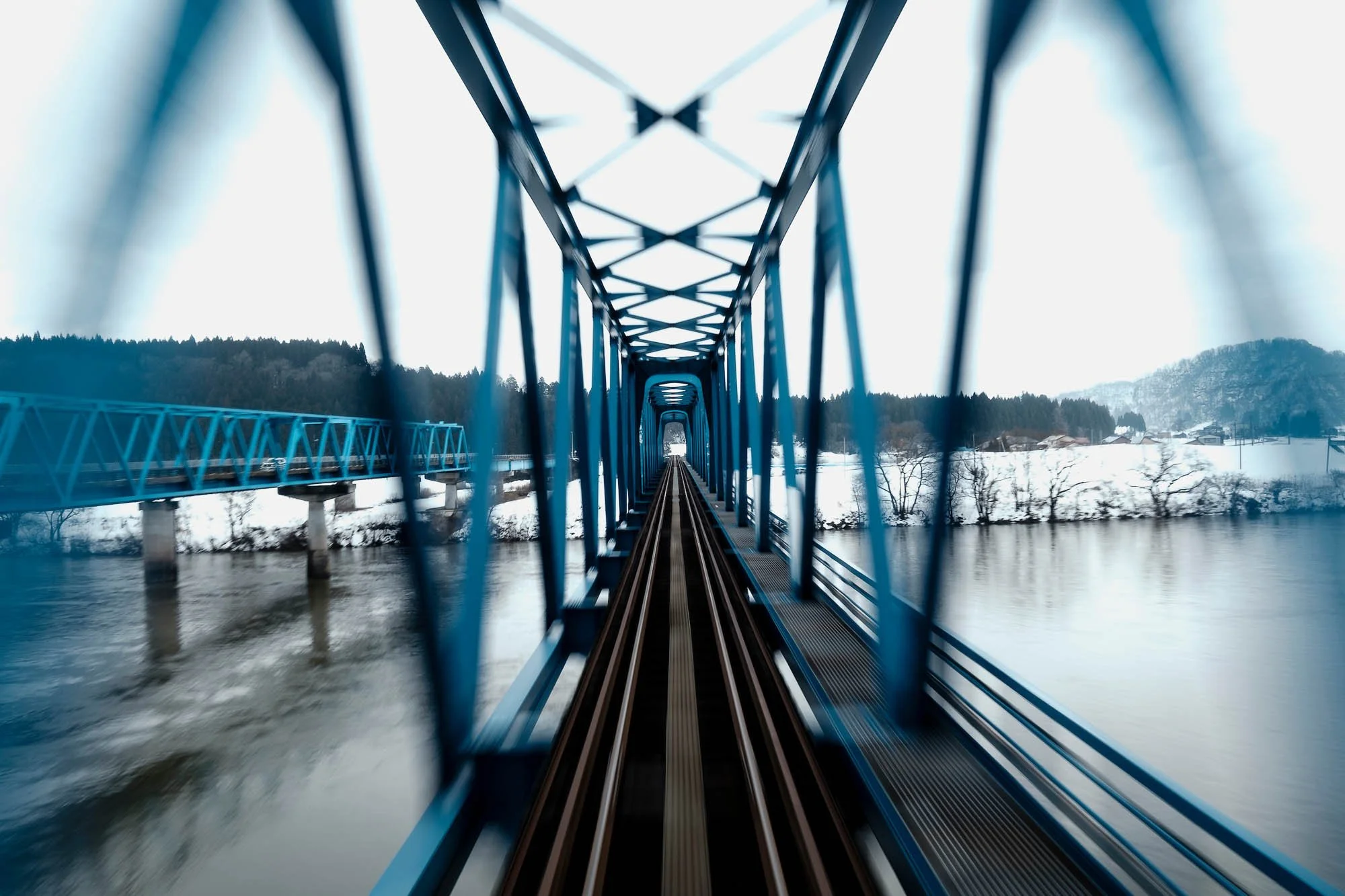Tohoku by Train: A Japan travel photographer’s dream assignment for National Geographic Traveller and the East Japan Railway Company
Japan is a country of breathtaking natural beauty. The first stops on a visitor’s itinerary are often the pulsing urban centers of Tokyo and Osaka, followed by the ancient temples of Kyoto and Nara. But for those wishing to escape the crush of crowds and get a bit closer to the earth, the wild mountains and coastlines of Tohoku are an attractive alternative. When editors at National Geographic Traveller (UK) approached me, proposing a five-day train trip to photograph the region for their partner, the East Japan Railway Company (JR East), I was immediately on board.
The brief was challenging but flexible. The clients wanted me to cover as much ground as I could, taking trains whenever possible and highlighting the region’s natural beauty, culture, faces, and food. I had just a few days to plan my route and book hotels before hopping on the Shinkansen and heading north. Drawing on my experience as a travel and hospitality photographer based in Japan, I was able to quickly map out a journey through some of this country’s most beautiful and culturally significant terrain.
Day 1: Japan travel photography inspired by 日本三景
Tohoku spans Honshu from the Pacific Ocean, across Japan’s longest mountain range, and then spreads out across the flatlands toward the Sea of Japan. My first stop was Matsushima, a picturesque bay dotted with pine-covered islets, and one of the celebrated “Three Views of Japan” (日本三景), a traditional list of the country’s most scenic landscapes. Matsushima has been admired for centuries for its natural beauty and has inspired countless poems and paintings.
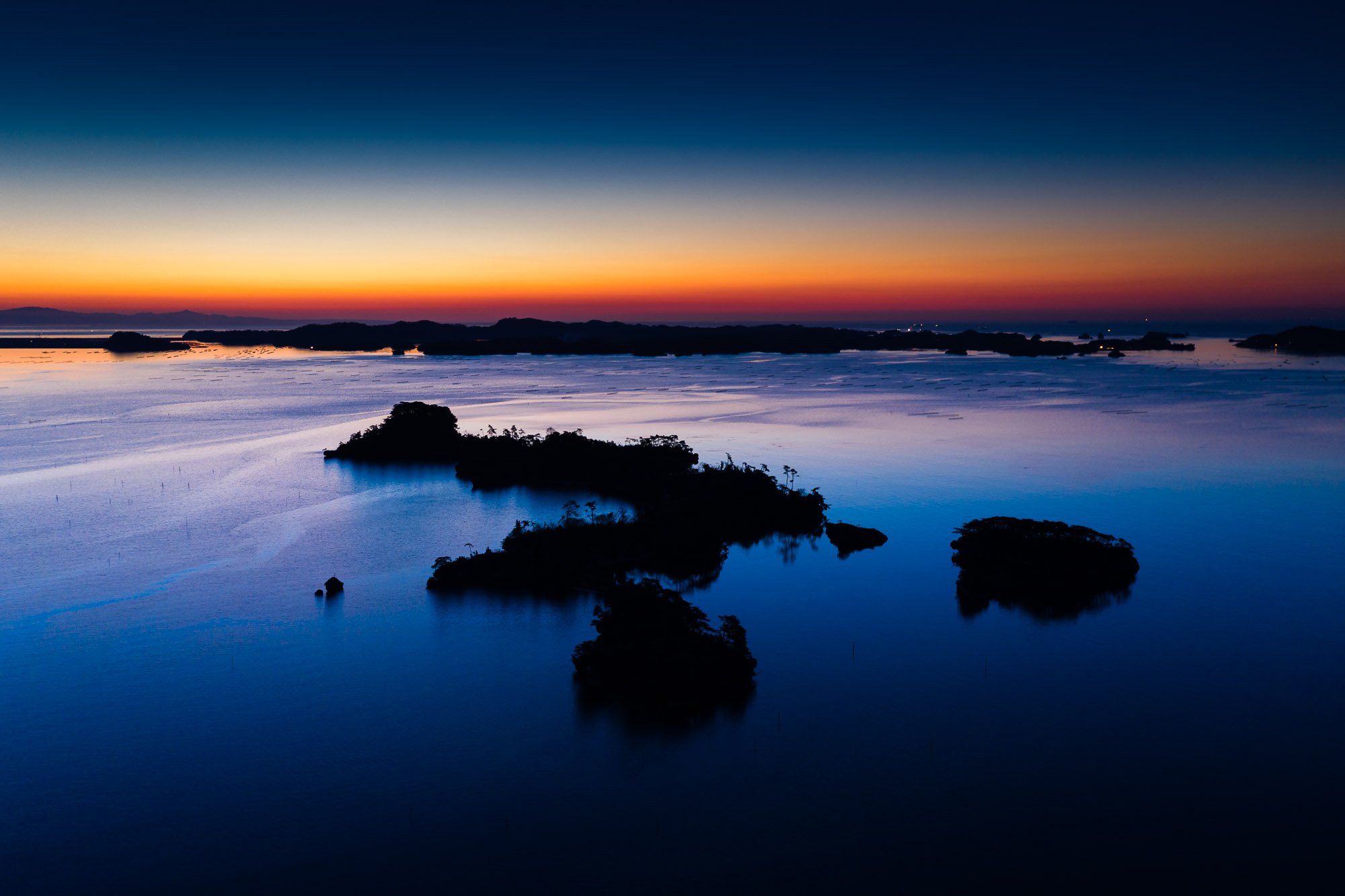

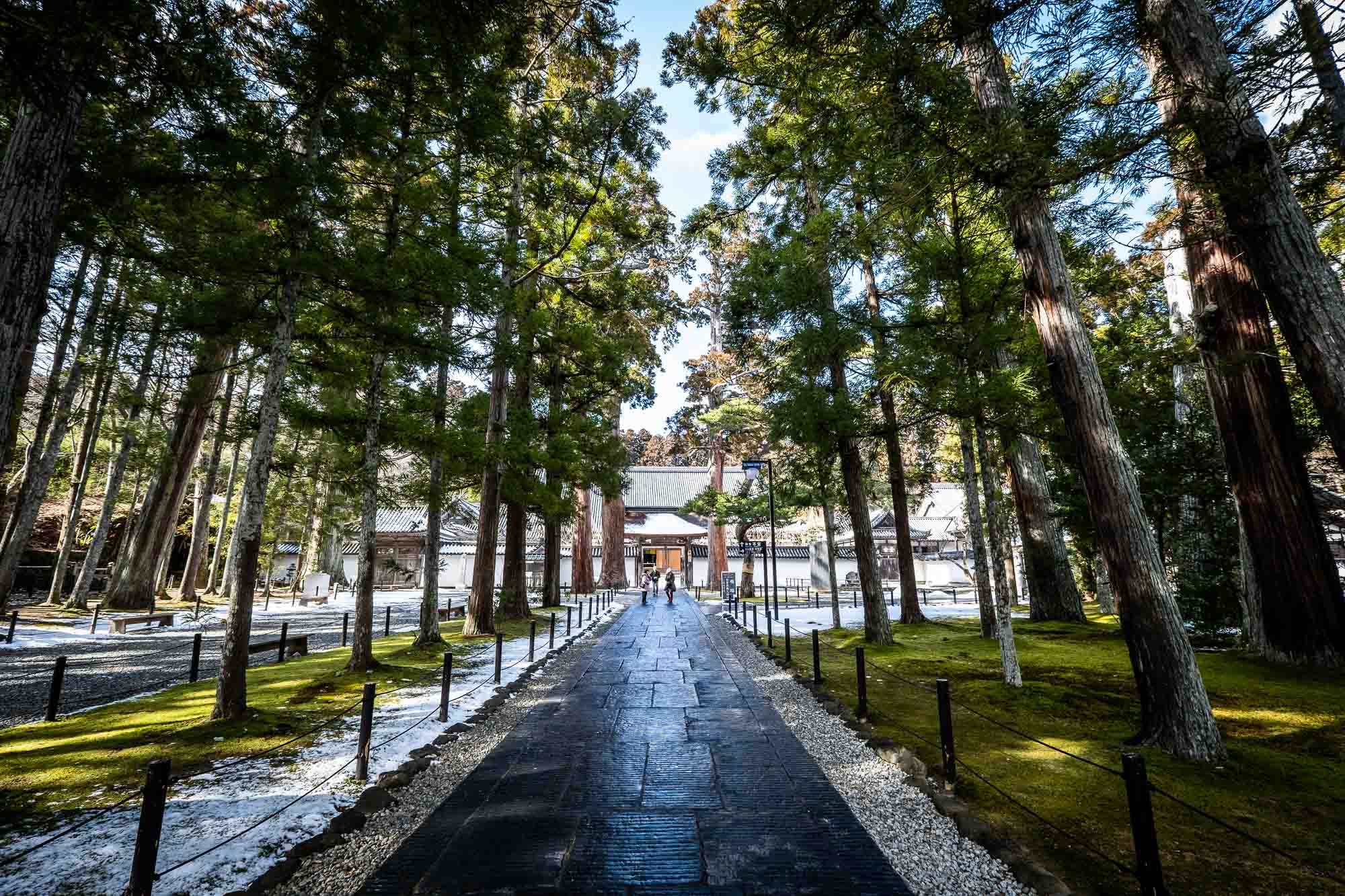
Days 2-3: A wintry retreat with hot baths and “snow monsters” in Zao Onsen
On Day 2, I hopped back on the local JR train as it climbed into Yamagata prefecture, taking me closer to the famous hot springs and snowy slopes of Mt. Zao. I would spend two nights in Zao Onsen, trekking in deep snow among the mountain’s mysterious juhyo ‘snow monsters’, luxuriating in hot spring baths, and eating some of the best ramen you can find anywhere.

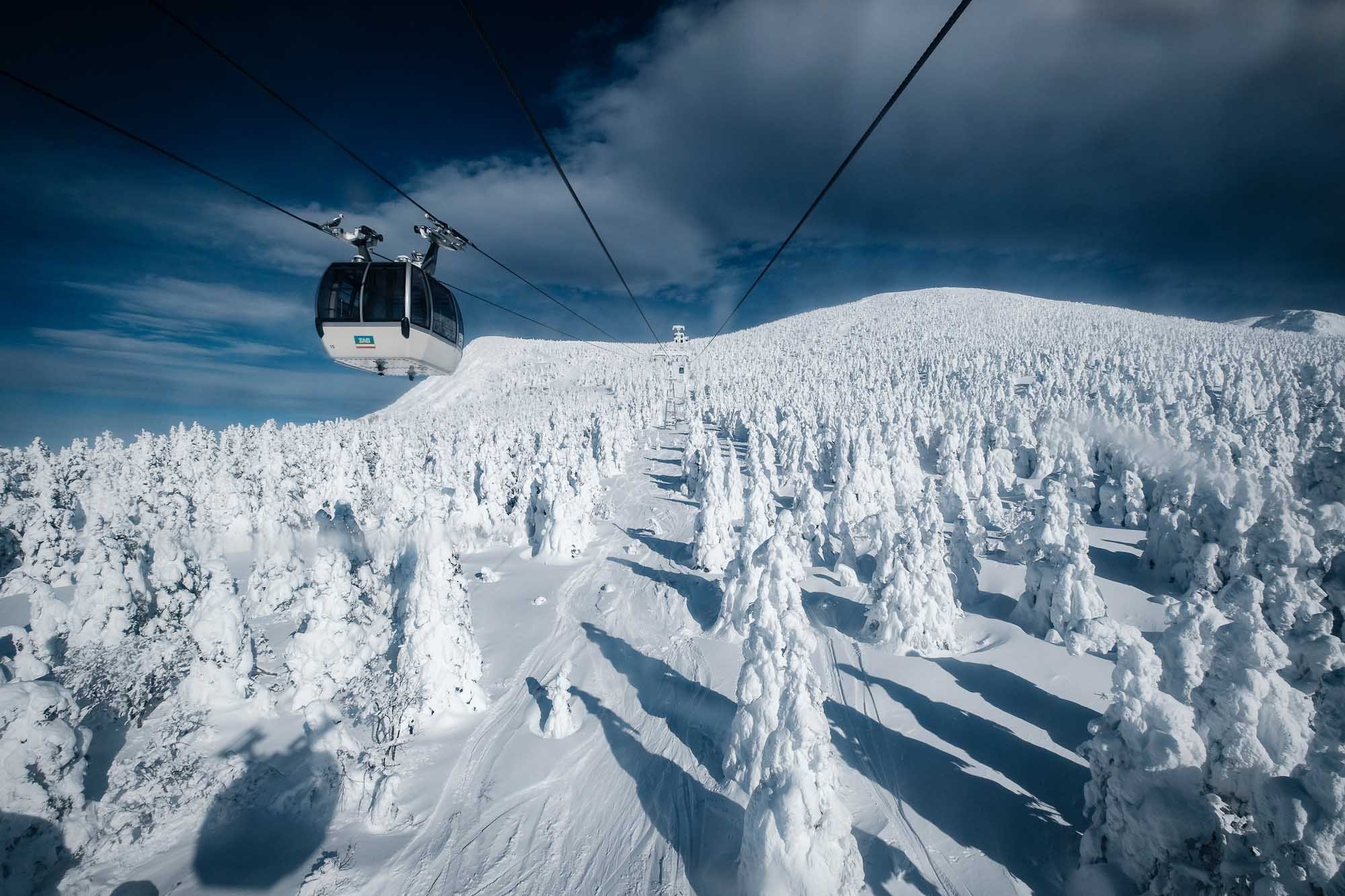
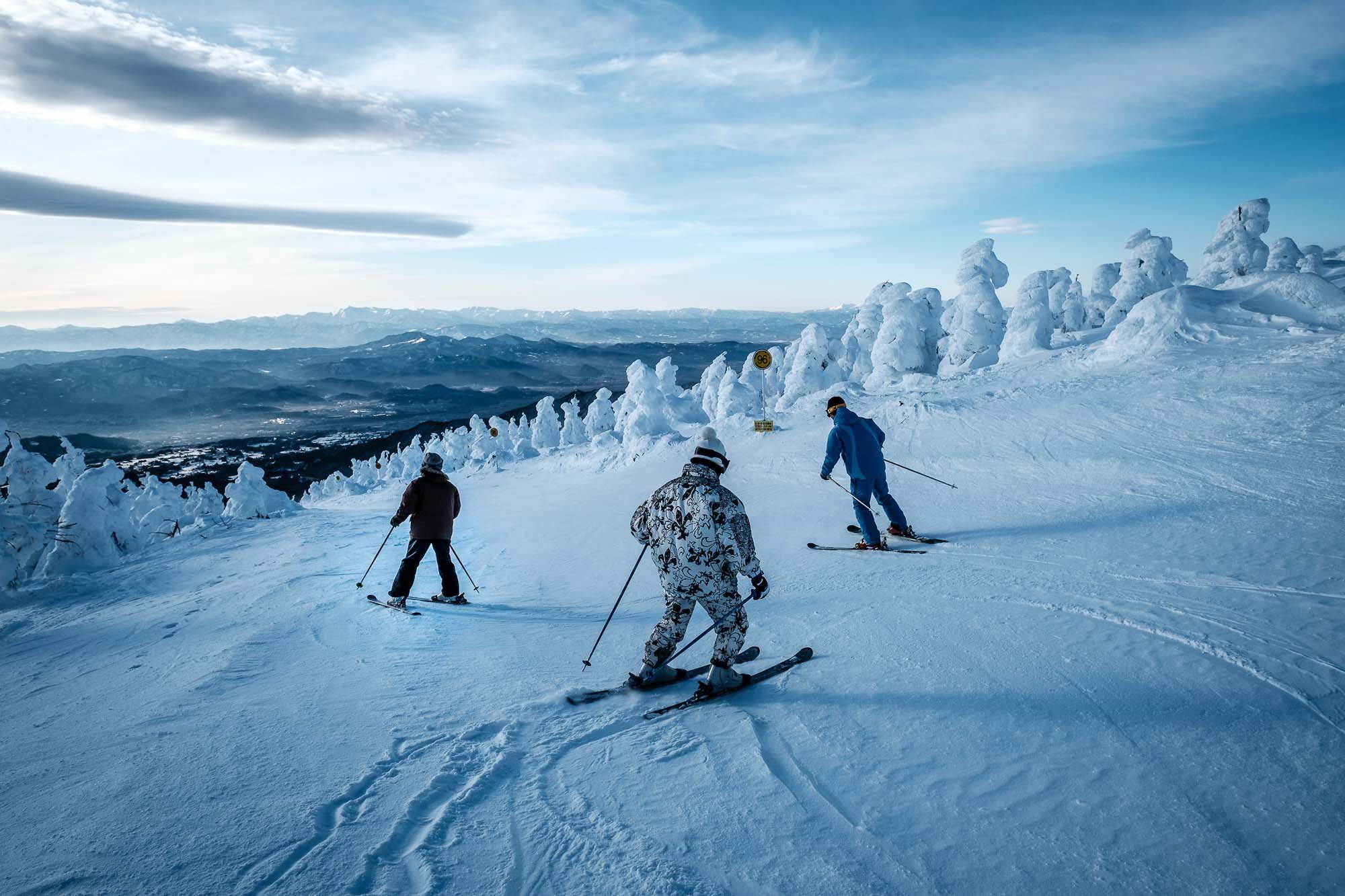
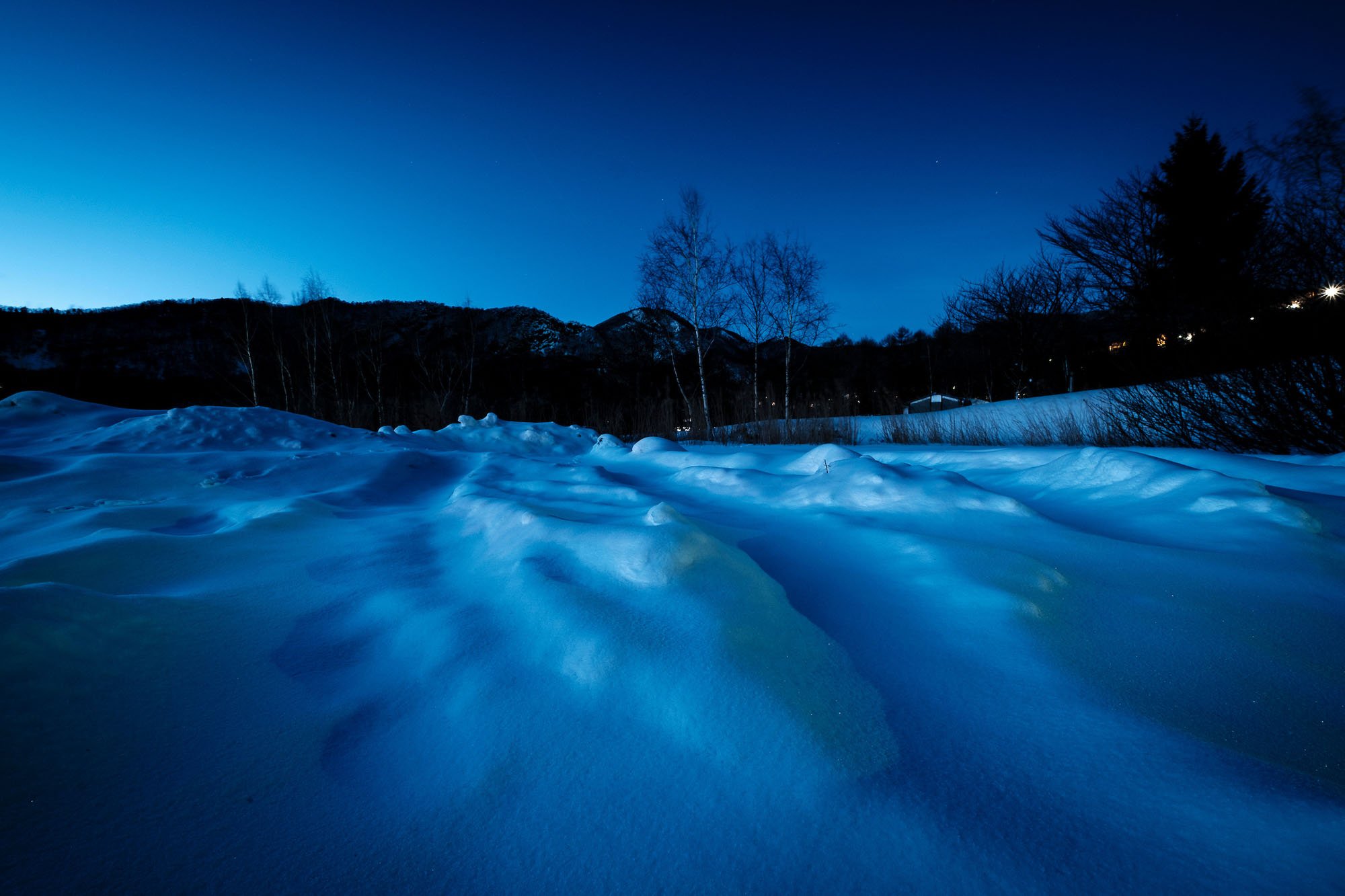
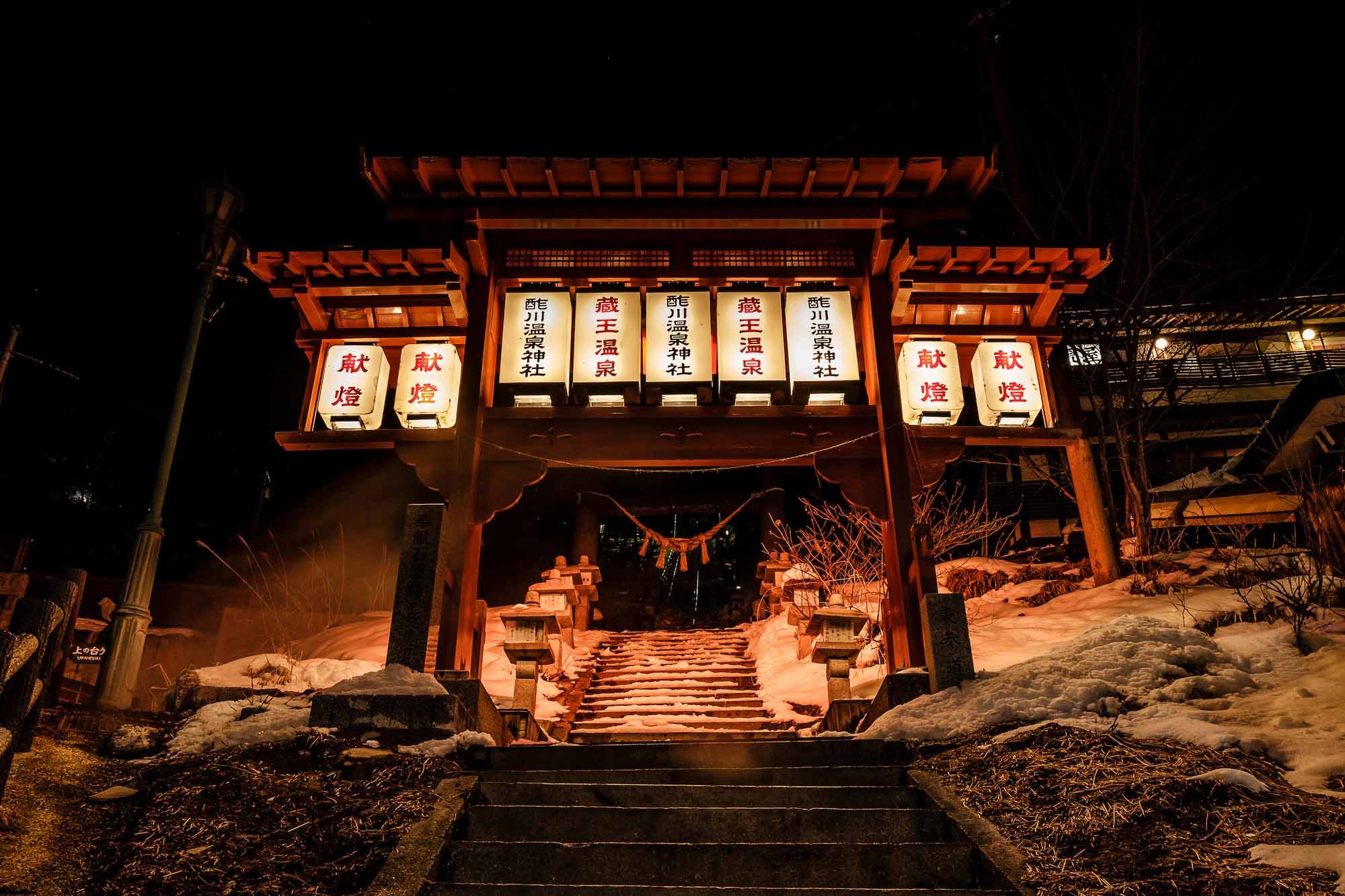
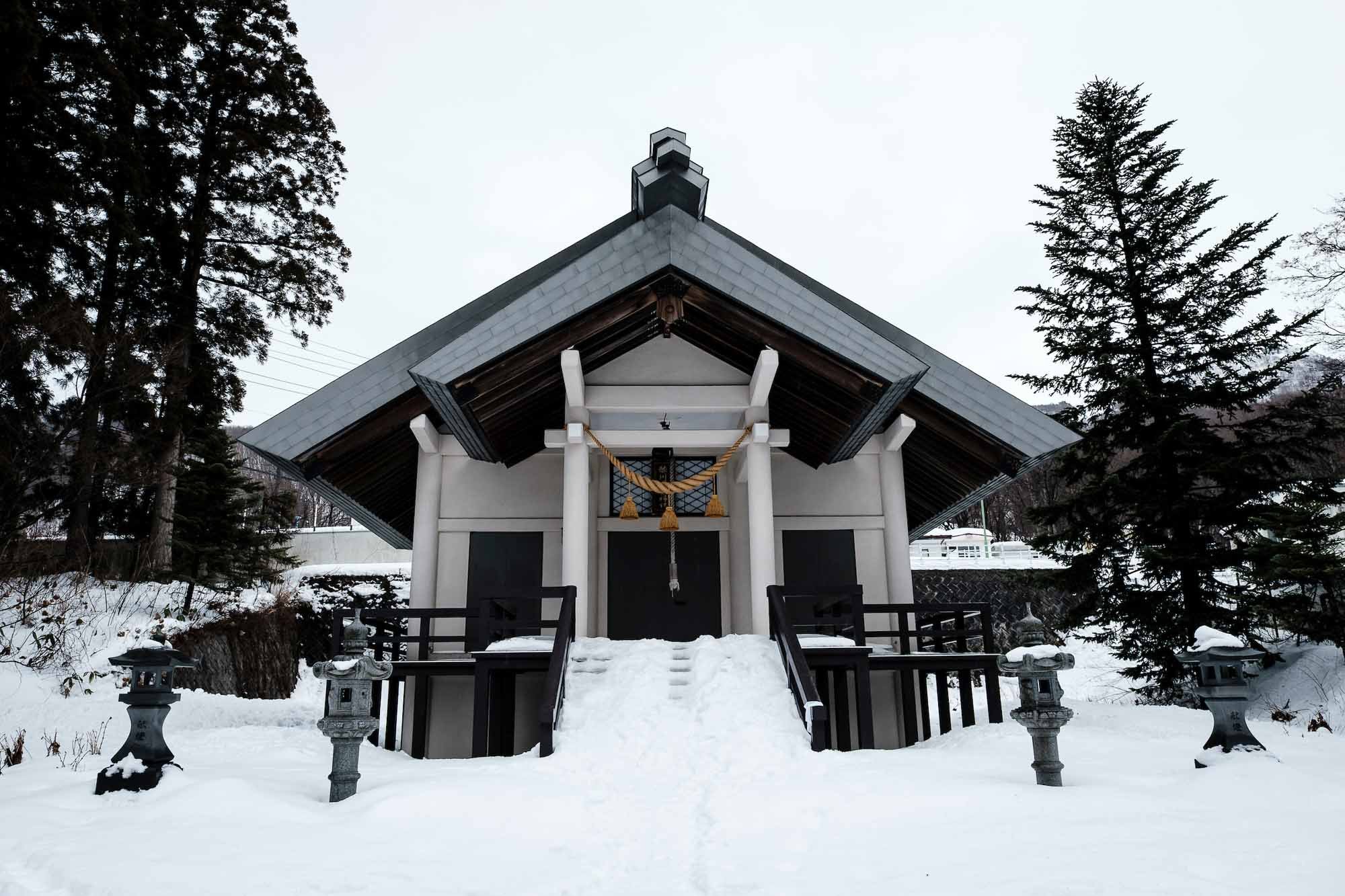


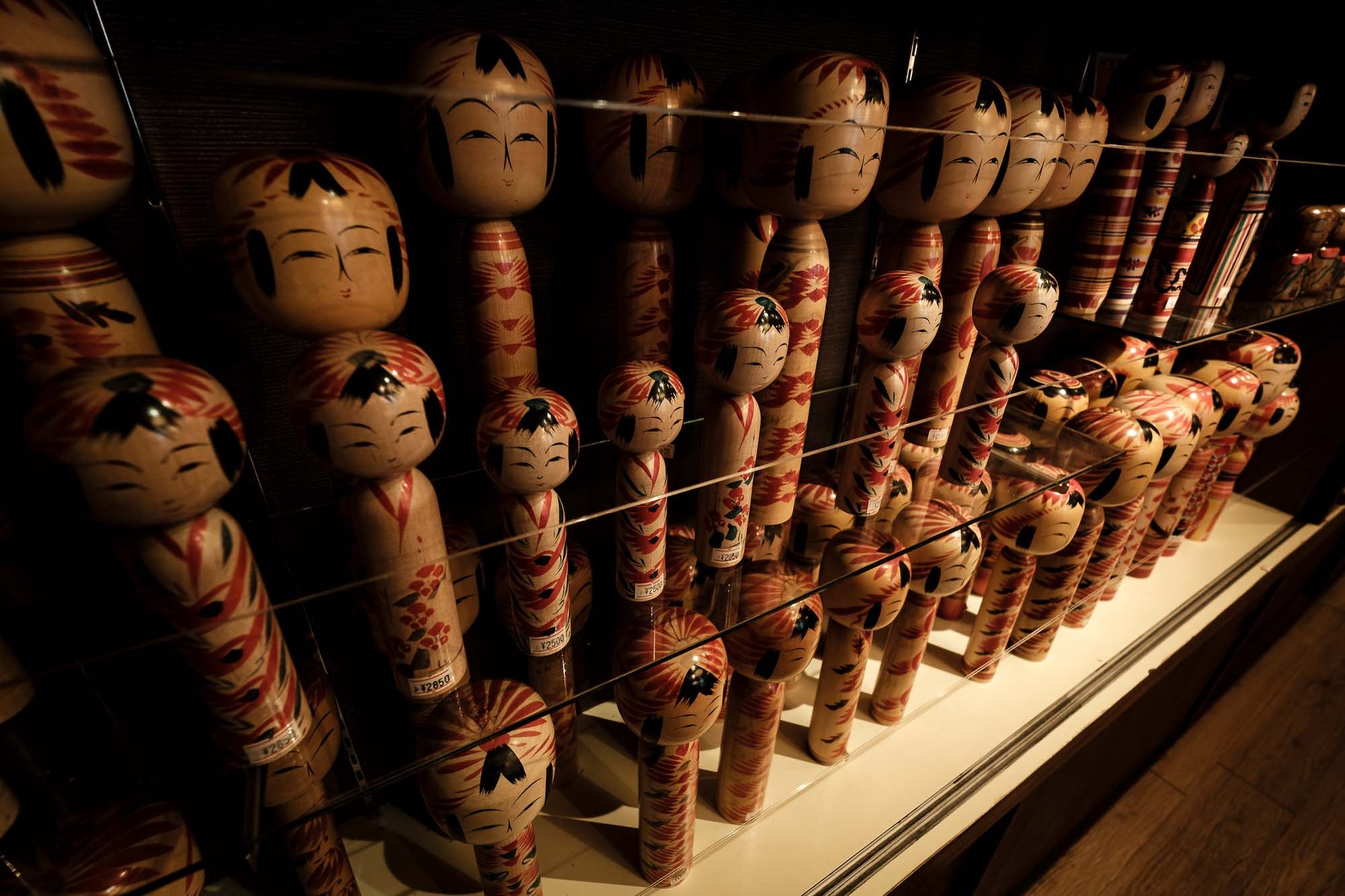
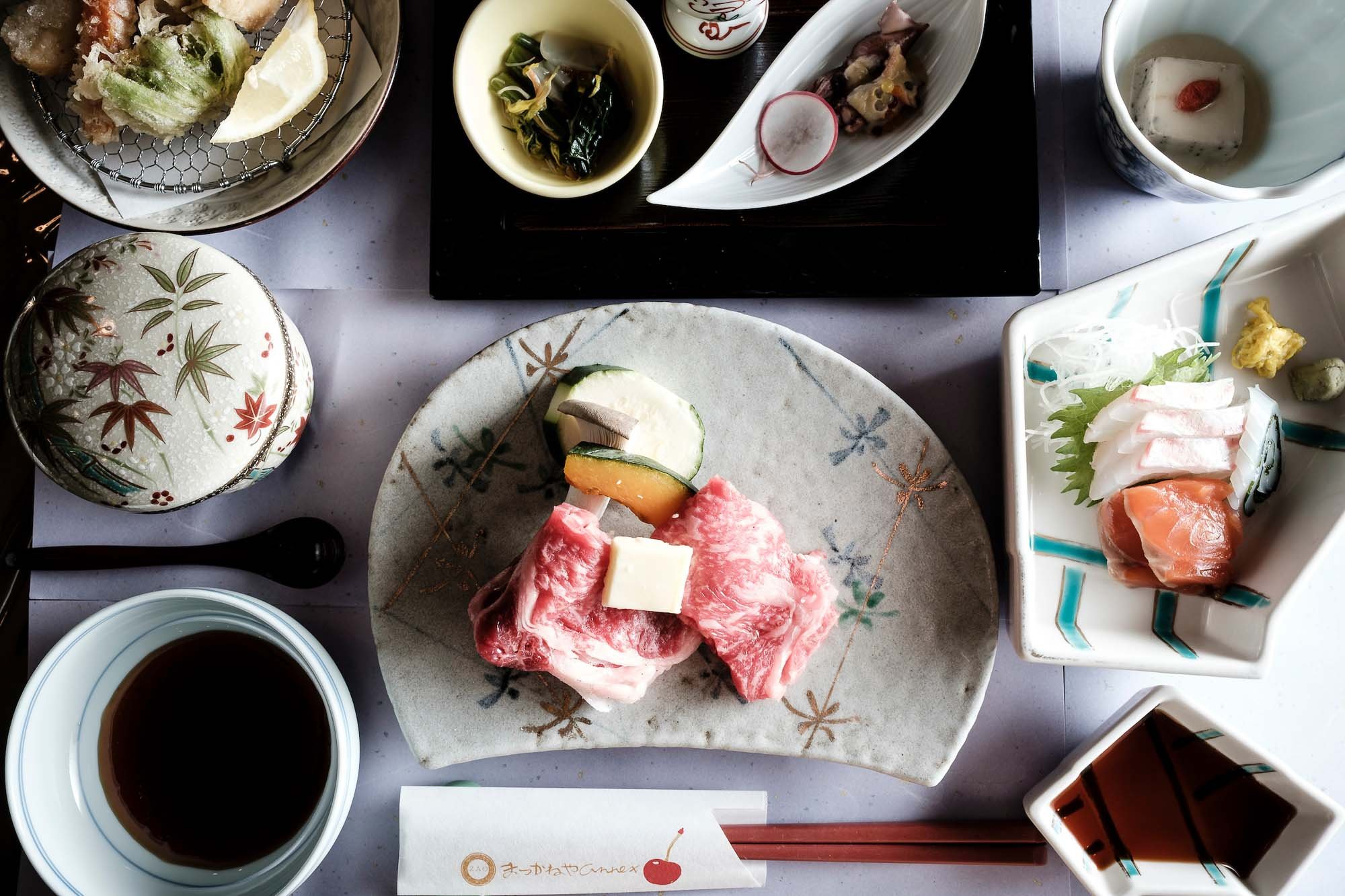


Feeling rejunvenated by two days in the mountain air, I headed by bus to Yamagata City to hop on another train, this time headed northwest toward Sakata, a remote port city on the Sea of Japan.
Days 4-5: Community kabuki at Kuromori Hie Shrine
The final destination on my itinerary was a day-long kabuki festival known as Kuromori Kabuki, held in a remote village just outside of Sakata, a port city on the Sea of Japan. Unlike the grand stages of Tokyo or Kyoto, this performance takes place outdoors, at an ancient shrine, where local residents—farmers, fishermen, and their children—take the stage in full costume and makeup to perform this centuries-old art. The annual event is a lively and welcoming way to experience traditional culture up close, surrounded by neighbors and steaming bowls of soup to ward off the cold.
Final thoughts: Discovery and inspiration
This trip was a success on all fronts. The clients were impressed with the work and pleased with the final product, and I came away with a deeper appreciation for this less-explored region of Japan. As with all my travel photography, the goal here was to discover and inspire. That sense of discovery runs through the entire piece, with images and text working together to reveal some of the hidden gems of northeastern Japan, hopefully encouraging readers to plan their own rail journey through Tohoku.
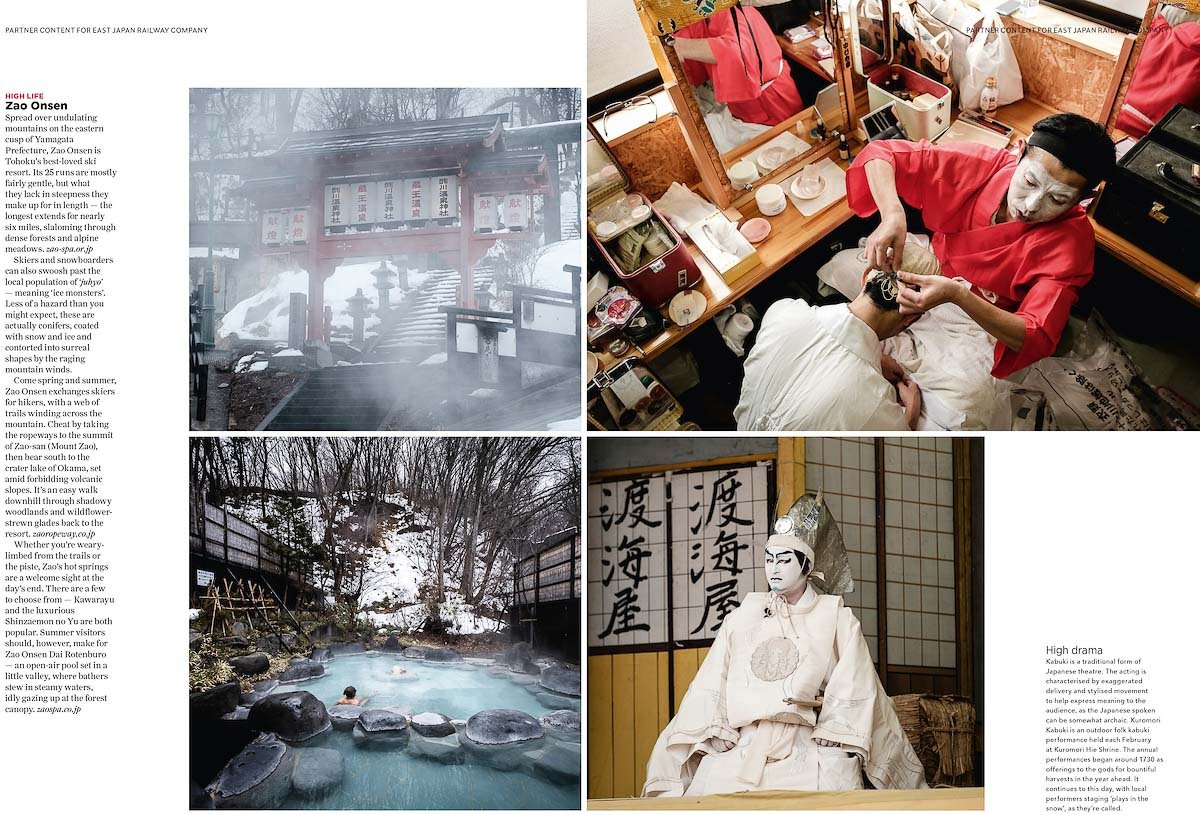
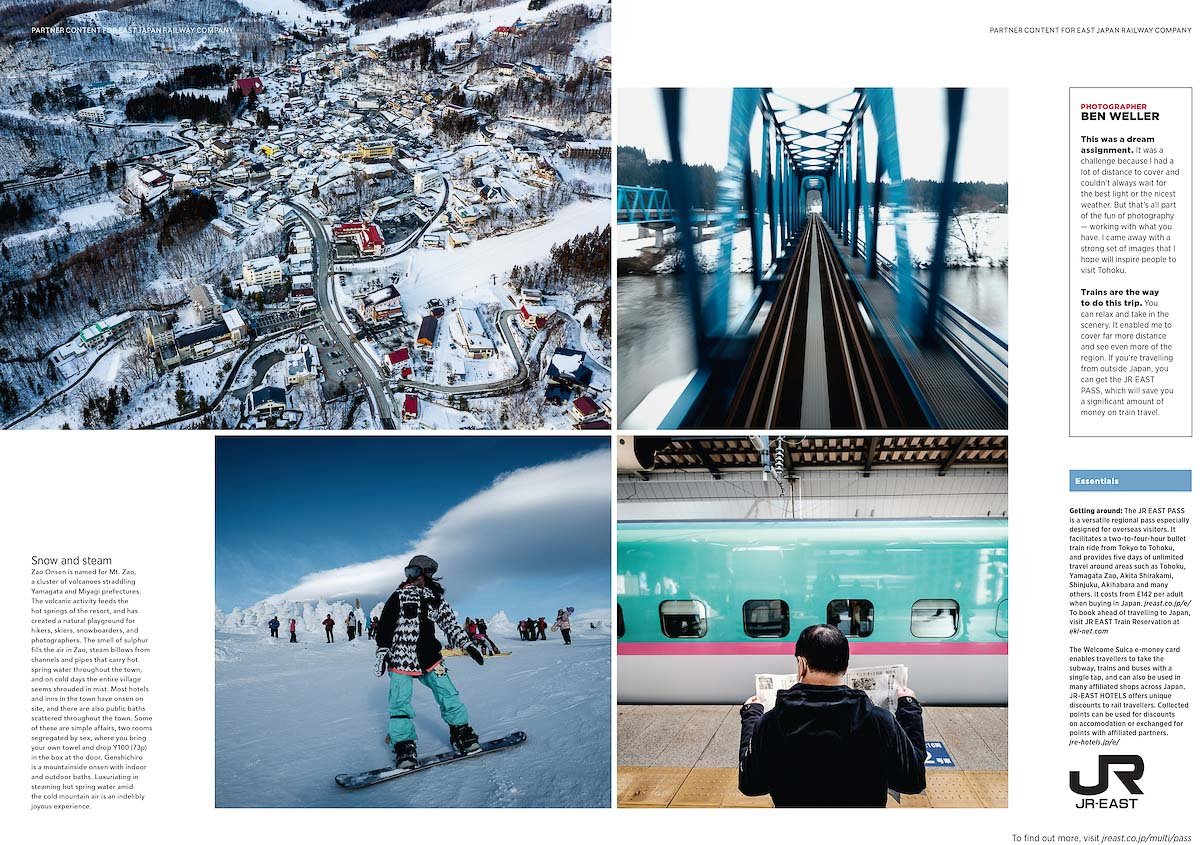
All images © Ben Weller. All rights reserved.
No part of these photographs may be copied, reproduced, stored, or used in any form—digital or print—without the express prior written permission of the photographer.



